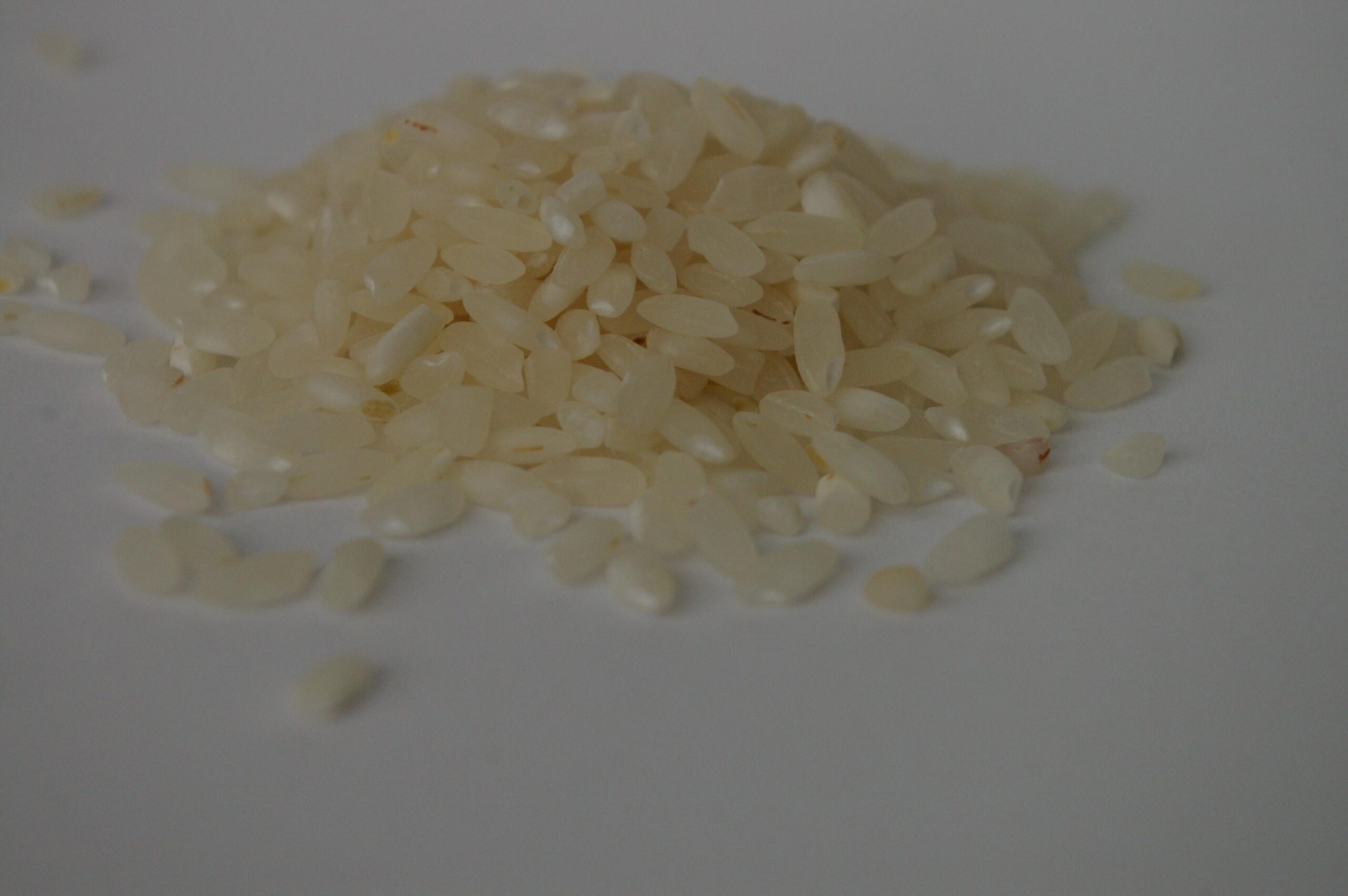
Women And Rice – The Perfect Health Partners
We all know women and men are different creatures; some may even argue different species. We’ll leave that debate for another time and place. But, there is ample evidence that when it comes to nutritional makeup, the difference is highly defined.
A woman’s need for specific nutrients to fight diseases is now well documented thanks to many in-depth studies. The focus has narrowed to three nutrients that have been shown to greatly influence a woman’s health. These three nutrients are folic acid, iron, and fiber. Let’s take a look at the concerns with these nutritional elements.
Folic Acid
It is best to begin at the beginning – the beginning of life, that is. Since the US Center for Disease Control’s (CDC) mandatory folic acid fortification program went into effect in 1998, there has been a significant drop in NTD (neural tube birth defects) as well as the risk of early miscarriage due to folic acid deficiency.
However, even with the folic acid enriched rice, not even half of all women of childbearing age are consuming the recommended daily allowance of folic acid. Studies also show that even fewer women over 65 are consuming enough folic acid in their diet. The research indicates one reason recently may be the increasing number of women who are following a ‘low carb’ diet, effectively eliminating one very viable source of folic acid – rice.
Aside from pregnancy and the developing fetus, folic acid plays a role in the lifetime of a woman. Studies recently indicate that folic acid helps decrease the risk of stroke in women. Heart disease caused by high levels of homocysteine may also be helped by the addition of folic acid, which lowers blood homocystein levels. Recent research has also found a link between folic acid and the prevention of certain cancers, including ovarian cancer.
Iron
As many as one in five women of all ages, and half of all pregnant women in the US suffer from an iron deficiency. When the body does not get enough iron, it can not produce enough red blood cells. Hemoglobin is needed in ample supply for the pregnant woman to feed and support the fetus as it develops.
In women of all ages, a shortage of iron could cause anemia. It is a misconception that only women of childbearing age may suffer from an iron shortage. Women in every age group need to consume enough iron to produce red blood cells. Symptoms of anemia may include general weakness, fatigue, shortness of breath, confusion, inability to concentrate, and even shortness of breath.
Fiber
We know fiber is necessary for proper digestion, which helps reduce the risk of colon and other cancers. Now we also know that fiber is crucial for proper weight control.
People who eat a diet rich in whole grains (fiber) tend to have a lower BMI (body mass index) than people who eliminate grains from their diet. Having a lower BMI is not just about our figures; it’s about our health. A higher BMI has been linked to a higher risk of heart disease, high cholesterol, and diabetes.
Women tend to have a more difficult time than men consuming enough fiber. One reason may be that women are more likely to follow diets that eliminate many foods that are believed to be high in carbohydrates. When examining a low carb diet, one must remember that we need complex carbohydrates for a healthy diet. Eliminating ALL carbs is not good for us, nor will it result in lasting benefits. Whole grains are complex carbs, or ‘good’ carbs, and have a moderate glycemic index which may help control food cravings and sugar spikes.
So, what food can women eat to meet these three important nutritional essentials? The answer is simple:
Rice
A diet that includes plenty of enriched white rice along with brown rice provides these three building blocks that can otherwise be missing from a woman’s diet. Just a few servings a day of white and brown rice will meet the recommended allowance for folic acid, iron, and fiber. Rice is low in calories, has no fat, and is easily cooked and paired with a variety of healthy ingredients to suit every taste.
Rice is a complex carbohydrate so it fits into even a low-carb diet plan. There are many varieties of rice from which to choose, so you will never get tired of finding new recipes to make for yourself or your family.
Yes, women and men are different. But who knew even our nutritional needs were something to consider? Now that we know, I think it’s time we took our health seriously. Fill your pantry with the ‘superfood’ specially designed just for women – RICE!